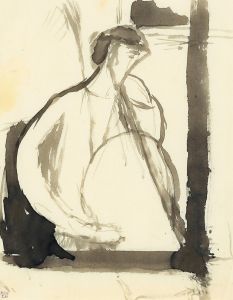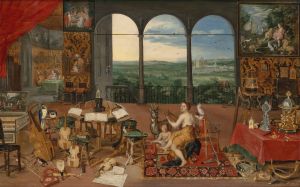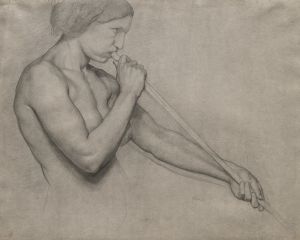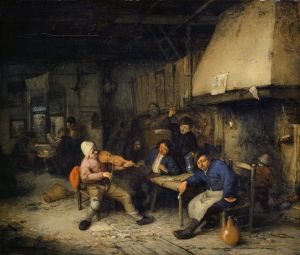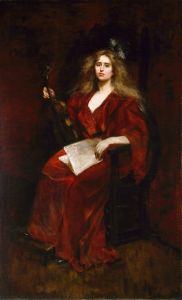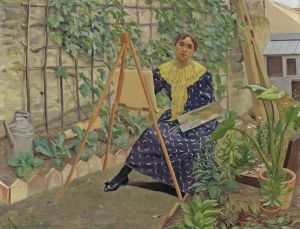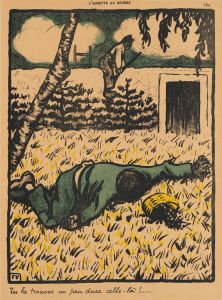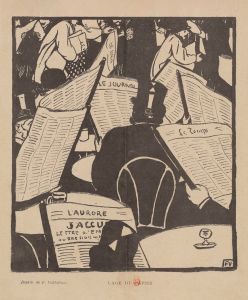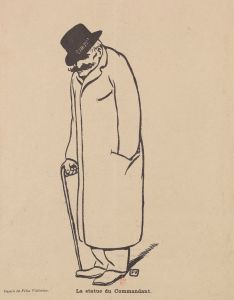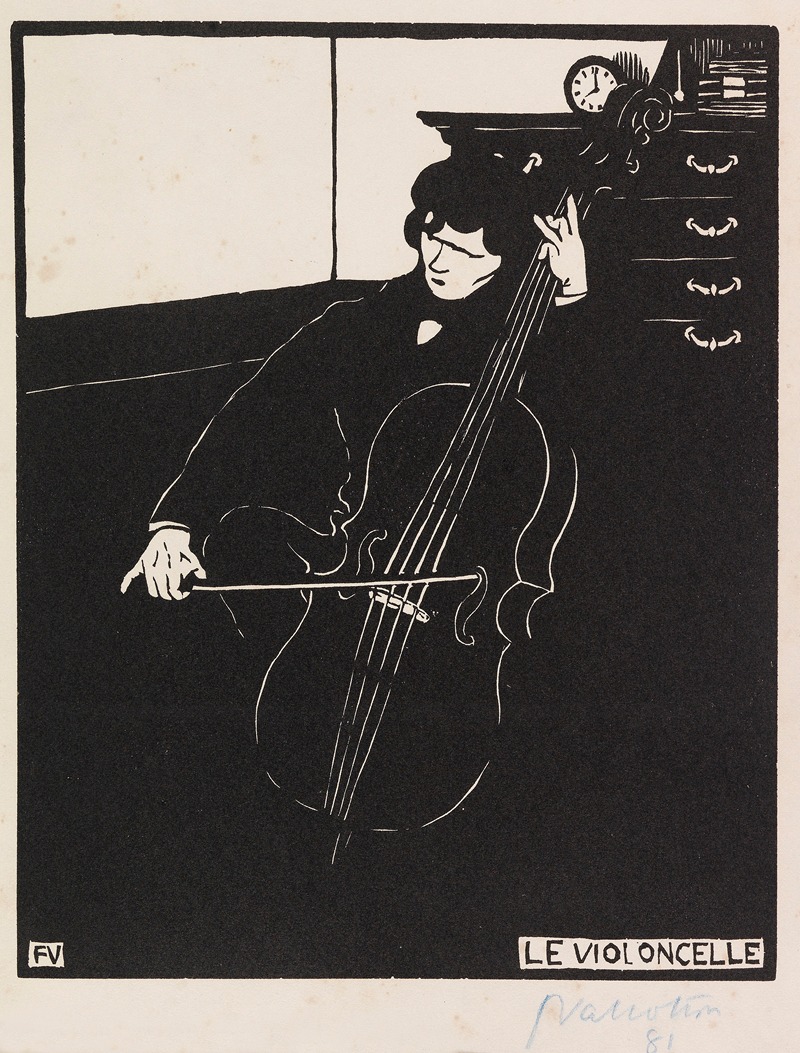
Le Violoncelle
A hand-painted replica of Félix Vallotton’s masterpiece Le Violoncelle, meticulously crafted by professional artists to capture the true essence of the original. Each piece is created with museum-quality canvas and rare mineral pigments, carefully painted by experienced artists with delicate brushstrokes and rich, layered colors to perfectly recreate the texture of the original artwork. Unlike machine-printed reproductions, this hand-painted version brings the painting to life, infused with the artist’s emotions and skill in every stroke. Whether for personal collection or home decoration, it instantly elevates the artistic atmosphere of any space.
Félix Vallotton, a Swiss-French painter and printmaker, is known for his distinctive style that blends elements of post-impressionism with a unique approach to composition and color. One of his notable works is "Le Violoncelle," which translates to "The Cello" in English. This painting exemplifies Vallotton's skill in capturing the essence of his subjects through a combination of precise lines and a keen sense of color.
"Le Violoncelle" was created during a period when Vallotton was deeply involved with Les Nabis, an avant-garde group of post-impressionist artists in Paris. The Nabis were known for their emphasis on flat colors, bold outlines, and a departure from traditional perspective, all of which are evident in Vallotton's work. Although Vallotton was associated with this group, he maintained a distinct style that often incorporated elements of realism and symbolism.
In "Le Violoncelle," Vallotton focuses on the interplay between the musician and the instrument, capturing a moment of introspection and concentration. The painting is characterized by its use of muted colors and a composition that draws the viewer's attention to the central figure. Vallotton's use of light and shadow adds depth to the scene, highlighting the contours of the cello and the musician's form. The painting reflects Vallotton's interest in the intimate and personal aspects of everyday life, a theme that recurs throughout his body of work.
Vallotton's technique in "Le Violoncelle" demonstrates his mastery of both painting and printmaking. His background in printmaking is evident in the painting's clear lines and defined shapes, which give the work a graphic quality. This approach allows Vallotton to convey emotion and narrative without relying on excessive detail, a hallmark of his artistic style.
The painting also reflects Vallotton's interest in music, a subject he explored in several of his works. Music was a significant cultural force during Vallotton's time, and many artists of the period sought to capture its essence in their work. "Le Violoncelle" can be seen as Vallotton's contribution to this tradition, offering a visual interpretation of the emotional and intellectual engagement that music inspires.
Félix Vallotton's "Le Violoncelle" is housed in a private collection, and as such, it is not as widely accessible as some of his other works. However, it remains an important piece within his oeuvre, showcasing his ability to blend different artistic influences into a cohesive and compelling composition. Vallotton's work continues to be studied and appreciated for its innovative approach and its ability to convey complex emotional states through simple yet powerful imagery.
Overall, "Le Violoncelle" is a testament to Vallotton's skill as an artist and his ability to capture the subtleties of human experience. Through his use of color, composition, and form, Vallotton invites viewers to engage with the painting on both an aesthetic and emotional level, making it a significant work in the history of modern art.





